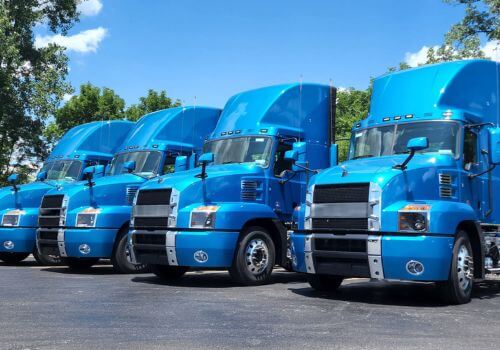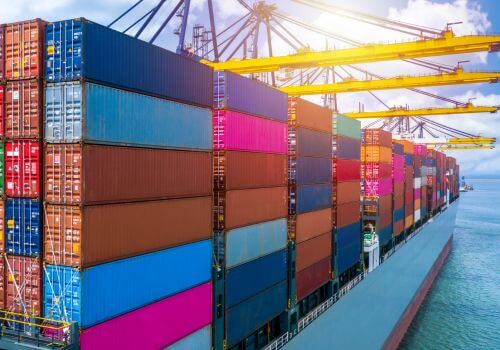The main difference between a 3PL (Third-Party Logistics) and a 4PL (Fourth-Party Logistics) lies in their roles within the supply chain. A 3PL focuses on executing specific logistics tasks such as warehousing, transportation, and order fulfillment, providing operational efficiency and specialized expertise without requiring significant infrastructure investments.
A 4PL, on the other hand, acts as a strategic partner that oversees and optimizes the entire supply chain, integrating multiple 3PLs and other logistics providers to ensure seamless operations. This means a 4PL manages not just the logistics but also coordinates with various suppliers, transportation services, and technology systems to provide real-time visibility and data-driven decision-making.
While a 3PL is more transactional, handling day-to-day logistics operations directly with the client, a 4PL serves as a single point of contact for all supply chain activities, offering a more comprehensive and strategic approach to managing the supply chain. This includes developing strategies, selecting providers, and implementing advanced technologies to improve efficiency and reduce costs.
In essence, choosing between a 3PL and a 4PL depends on whether you need basic logistics execution or a more integrated and strategic supply chain management solution. A 3PL is suitable for businesses that require straightforward logistics services, whereas a 4PL is ideal for larger or more complex operations that benefit from end-to-end supply chain optimization.






